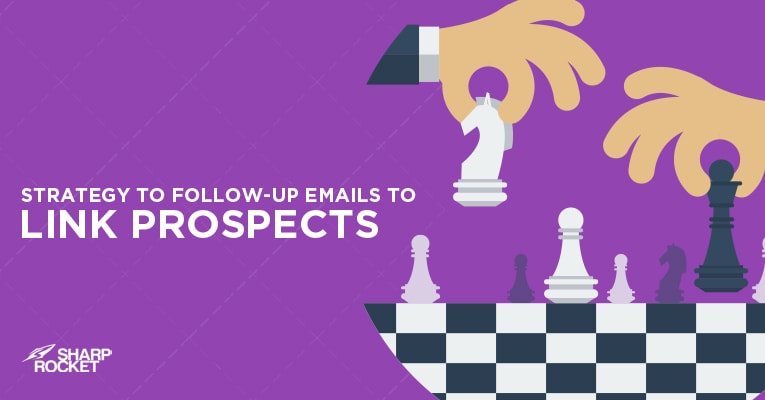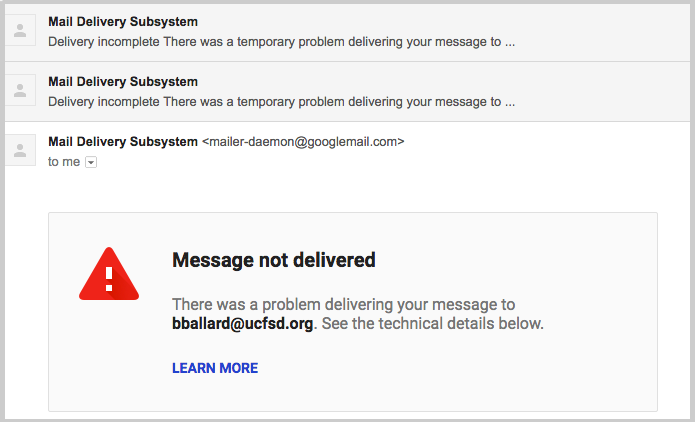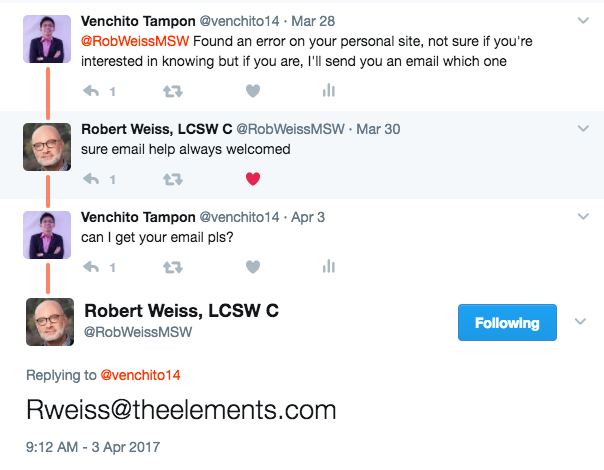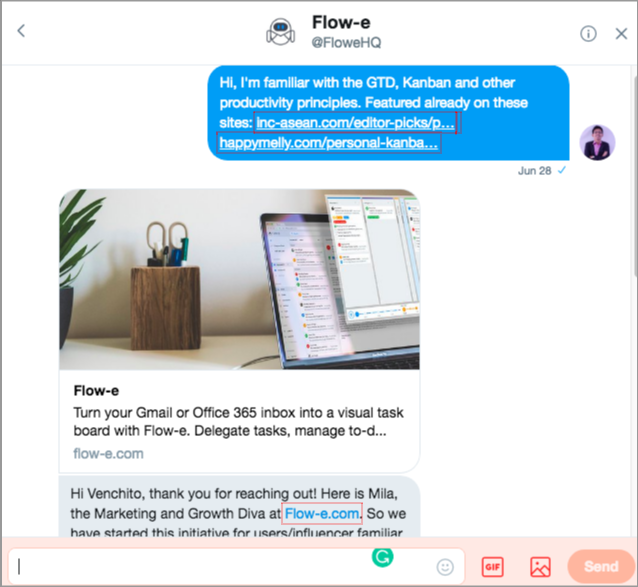In this blog, I’ve covered a lot of topics pertaining to outreach, from pitching bloggers, finding contacts’ email addresses to making tweaks to certain outreach facets to increase response rates.
But one that I haven’t discussed yet is on the subject of follow-ups.

There are four realities that I can base from my experiences about the importance of sending follow-up emails.
First, follow-up emails may remind non-respondent contacts about what they’ve missed in the initial pitches you’ve sent them. They may read the entire message, but have forgotten to respond, unless they’ve had follow-up tools like Followup.cc and Boomerang to remind them to reply.
In reality, not all links you’ll be building every month will be generated from your initial pitches. At most and you should base it from your own testing, you’ll find that a huge percentage of your links may come from your follow-up emails. This speaks of the second important reason of such activity.
Failure to follow-up initial non-respondents is a missed opportunity to get the desired links.
Lastly, follow-up emails may speak of your persistence of sending value-driven messages to your contacts. However, doing so aggressively may affect how your site/brand may be perceived to be offering value whether in a form of content submission, collaboration or any potential brand equity.
There are a few points I have to make in this post and may spark some ideas to you to A/B test and see which option may work for you.
1. New email with the original message or email sent as a reply to the initial pitch
There isn’t any better email practice between these two options. One has more advantages than the other, and vice versa.
When you send new emails with the original message, you may recoup what has been an error in the first email. Strictly check why it hasn’t been sent in the first place – it may be an erroneous input from your end – such that, a wrong email address. Receiving a bounced email for the second time is a clue of that.

Sending new emails can also give you the luxury of trying another email subject line that may at this time, capture the eye of the recipient and can get your email be opened.
Follow-up emails sent as a reply to the initial pitch can best work if the original message has been opened and read, given that it’ll also have a chance to be opened and read as well.
One drawback from that is that the recipient might have to click on … to see the previous message, which may add friction to the conversation.

Both of the options: new email with the original message and email sent as a reply to the initial pitch may work in different circumstances. There are many variables that may come into play for follow-ups, but can be an interesting item to A/B test against to see which option is significantly more effective than the other.
In general, there are three ways on how to approach outreach with social accounts like Twitter.
First, ask for the contact’s personal/direct email address. It’d be easy to engage in conversations when email is valid and is directly accessible by your contact. This will help avoid back-and-forth emails as to who you should reach out to for a certain matter – inclusion of a link request on one of their pages, for example.
 I’ve covered this outreach technique in my post about building contextual links – you may want to check that out.
I’ve covered this outreach technique in my post about building contextual links – you may want to check that out.
Second is to directly pitch your contact using Twitter after several outreach attempts with no replies. Unlike the first approach where you’ll get the contact’s email address and channel it back to your email conversations for engagement, what you’ll need here is basically identifying the Twitter profile and pitching your message straight.

The third approach requires a considerable amount of time to get some returns. If you have sourced your contact from Twitter, either you’ve seen him being recommended as a top contributor in your niche or have siphoned him from a public Twitter list of bloggers or influencers.
Let your contacts know where you’ve found them by using lines such as, “I saw you as a recommended blogger follow on Twitter and wanted to follow” instead of “I’d like to make a follow-up” – which is useless to say.
3. Following up on engaged link prospects
There’s a natural tendency to follow-up link prospects when they haven’t responded yet, or just awaiting for a confirmation of a link acquired or a content being submitted for review.
If you’re reaching out to people who’ve previously linked to similar content pieces (e.g. resource page curators), the basic recommendation is to not give them any instructions, since they’re natural linkers. In the first place, they usually know what to do next – either to link or share your content, which really depends on how useful your content is to them or to their audience.
So, in what scenarios would you send a follow-up email to an engaged link prospect?
For guest contribution, a follow-up email to an editor who’ve been reviewing your content for a while but haven’t respond yet is worth considering, for reason that they may have almost forgotten to review your content or they made it into final draft, but haven’t notified you.
There is no particular set of rules here, but as you go through conversations, you’ll be able to find the right timing to follow-up link prospects and to identify which contact person needs follow-up or not.
Need help with your outreach campaigns? Check out our link building services here.